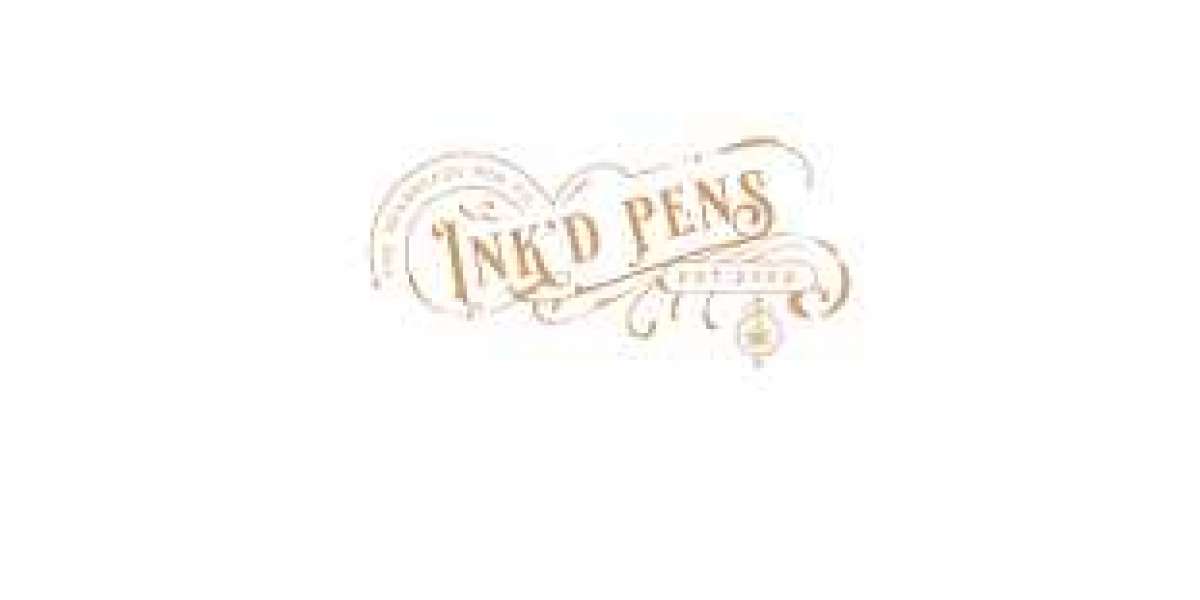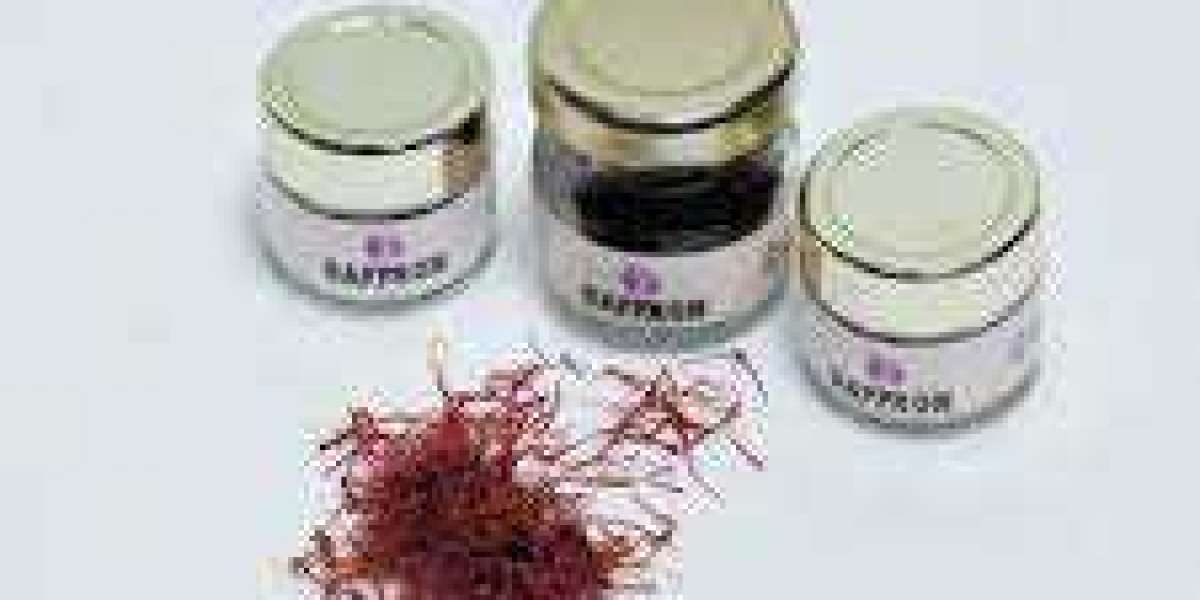For those who love to write, there's nothing quite like a fountain pen. Fountain pens offer the best possible writing experience by letting you control the thickness of your lines and providing you with an unmatched level of comfort as you write. But how do you know which Lamy fountain pen to buy? That is where this blog guide comes in handy, as it offers a comprehensive look at all things fountain pens, including what to look out for when buying a fountain pen, what type of pen is right for you, and where to purchase your new pen from.
The Nib Size
The nib, or point, is what determines how wide or narrow your writing will be. Most people are used to seeing fine-point nibs on pens, but if you're looking for something different, make sure you know whether your pen comes with a medium-point (0.7mm) or broad-point (1mm) tip. If you're planning on writing in cursive, remember that broader nibs are better suited for such script forms since they allow more variation in line width and can help eliminate lumps and gaps when joining letters together. A good rule of thumb: Choose an extra-fine point if you plan on writing small and fast; choose an extra-broad tip if you want richly detailed handwriting.
Fountain Pen Material
The most common material used in fountain pens is made from celluloid. It can be transparent, milky, or even opaque, depending on how it's colored. Celluloid has been used for over 100 years and was one of the first plastics ever invented. As it does not react with ink, it doesn't give any color to your writing and is easy to clean.
Fountain Pen Ink
There are lots of different types of fountain pen ink, which is why you should always read up on what your options are before purchasing. Some inks can interact with different types of paper or react when exposed to certain conditions. It's good to know that there are several trustworthy sellers online who will clarify any issues. To keep things simple, it's always worth asking your seller what type(s) of paperwork best with their fountain pens, but if possible, also try testing them yourself beforehand. Failing that, ask around or do some research online - you should be able to find other users offering advice and tips on which inks work best together and on which papers they tend to perform well on.
Cartridges
Pens that come with disposable ink cartridges are fine, but you'll save money in the long run by buying your own fountain pen converter. Converters are inexpensive accessories that allow you to use your own bottled ink—especially if you find yourself filling multiple pens. (For example, if you buy an expensive pen and several less-expensive ones.) Converters also give you more options; some pens only work with proprietary cartridges or offer special features if used with specific ink brands. If either is true for your pen, it's probably worth buying a converter so you can choose whichever brand works best for your writing needs.
Paper
Not all paper is created equal, which is why your fountain pen will write differently on different types of paper. The grit of ink used in some papers can also affect how your pen writes. It's worth it to spend some time figuring out what works best for you. One way of doing that is by ordering sample sheets of various types of paper online and then writing on them with your fountain pen.








